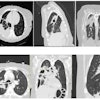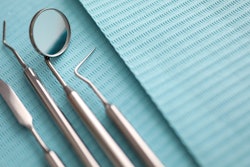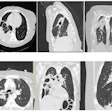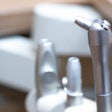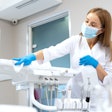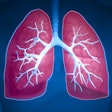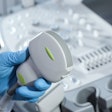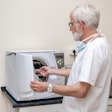
Editor’s note: This is the third in a series of articles in which we will bring in an expert to address some of the misinformation we have read in various social media posts and groups. You can see the previous two installments at the bottom of this article.
Q: I work in a super busy office, and I don’t always remember to do hand hygiene. There just isn’t time. How can I make sure my office is doing the right thing and keeping our patients safe?
A: Practicing hand hygiene often and well is the easiest and most effective way to prevent the spread of disease, both in a healthcare setting and at home. Dental providers, like any other healthcare providers, may need to practice hand hygiene as many as 100 times a day, depending on their patient load. Unfortunately, many studies show that providers practice hand hygiene less than half of the times that they should.
There are a few ways to promote hand hygiene with your co-workers and keep everyone safe.
Education
Hand hygiene is often perceived as too basic and is skipped when it comes to employee education. Employers should provide staff education on the five moments of hand hygiene at least annually. Even though no one likes hand hygiene education, there are ways to make it fun.
One way is to use ultraviolet (UV) reactive gel or powder as a stand-in for germs. Have everyone wash their hands and see how much UV gel or powder is left when they’re finished with a UV light. The U.S. Centers for Disease Control and Prevention (CDC) also has some great short training videos that can be used for free.
Supply placement
One of the easiest ways to promote hand hygiene is to make supplies available everywhere in the office. Consistency is also key in hand hygiene supply placement. Placing alcohol-based hand rub in the same spot in each operatory makes it easy for staff to find when they are rushed. If they see it, they’ll use it.
Signage
We’re all human; sometimes we forget things. I’m terrible about remembering things myself. Signage is a great way to remind staff that they need to practice hand hygiene. These signs can be posted in employee areas like the break room, sterilization, the lab, and close to hand hygiene sinks.
Another way to utilize signage is to promote hand hygiene practices to your patients. The CDC also has patient-centered signage and badge stickers that ask patients to hold their providers accountable when it comes to hand hygiene. These posters can be put in patient areas like the reception area and in operatories. The CDC has great free signage that facilities can order copies of and print.
Audits
Simple hand hygiene audits are another great way to hold your staff accountable. These audits don’t have to be complex or take up a ton of time, but they can be very effective in helping to recognize trends. Assigning someone in the practice to monitor hand hygiene habits for 10 minutes a day and reporting back to the team is a great place to start. There are tons of auditing programs, apps, and resources out there if you need help getting this program started.
If auditing is in your facility’s future, it’s important that staff understand that it’s not to get anyone in trouble but to make the team better as a whole and keep patients safe.
Many of the tips I’ve listed are low effort and high impact. It’s easy to get more bottles of hand sanitizer or print and hang signage, but the actions explained above can have a lasting impact and create a culture of safety in your practice. Ask your staff if anyone wants to be your hand hygiene champion today and get started on the journey to clean hands and safer staff and patients.
Reference
Clean Hands Count Campaign. Centers for Disease Control and Prevention.https://www.cdc.gov/handhygiene/campaign/index.html. Last reviewed March 15, 2016. Accessed January 2, 2024.
Sarah Stream, MPH, CDA, is a seasoned dental professional, educator, and speaker. She is passionate about being a lifelong learner and sharing knowledge with other dental professionals on a safe dental visit and compliance. She currently specializes in OSHA, HIPAA, and infection control, supporting dental facilities with their education and compliance needs. You can contact her at Stream Education and Consulting LLC or via email at [email protected].
